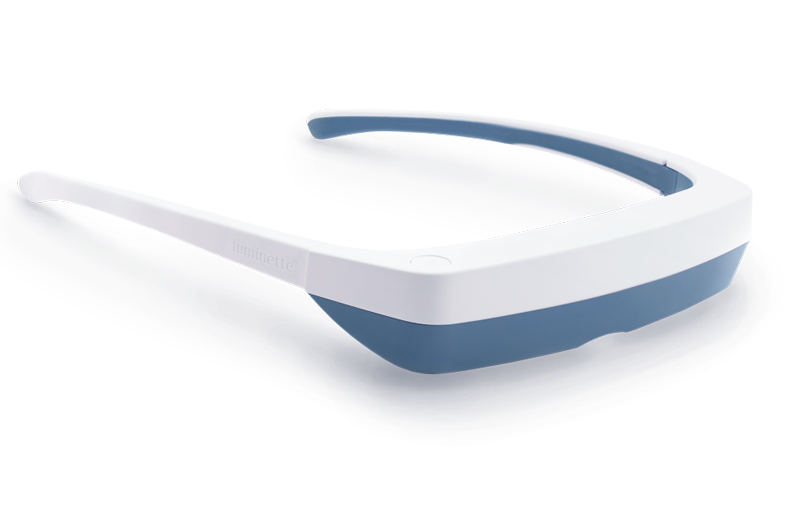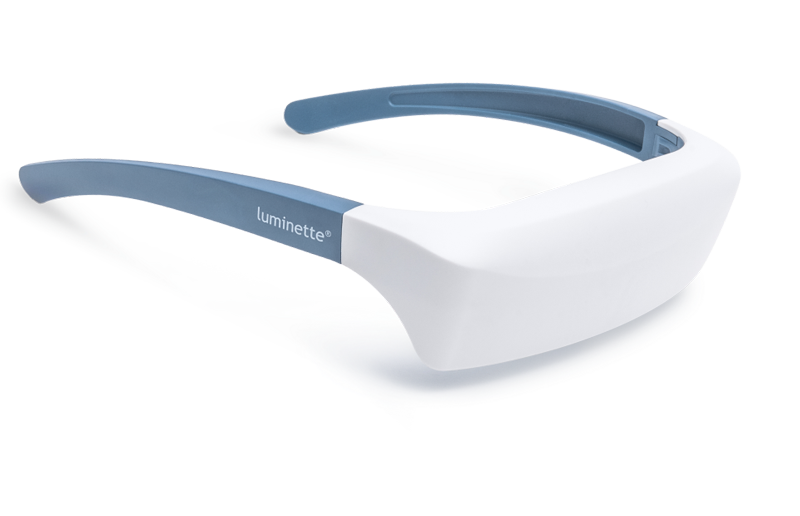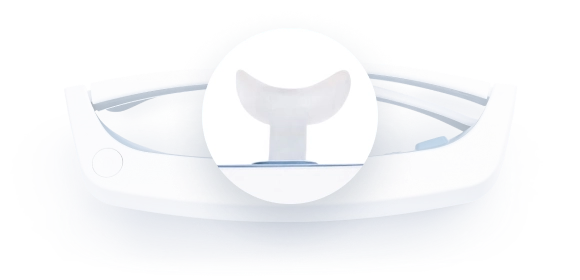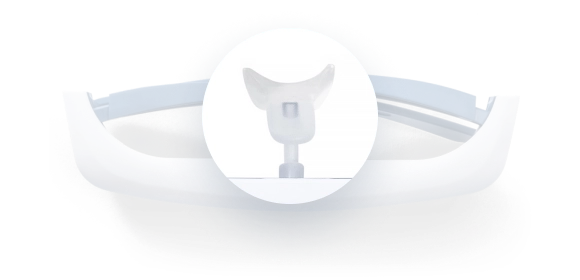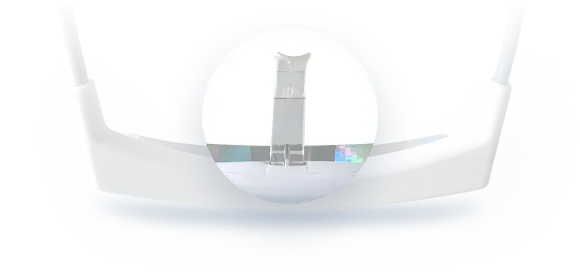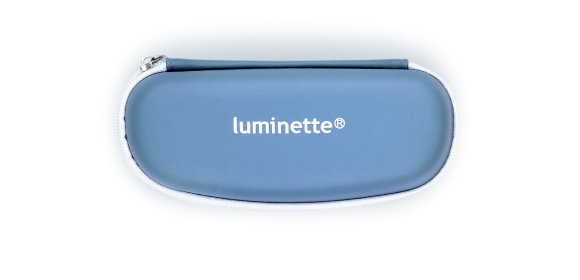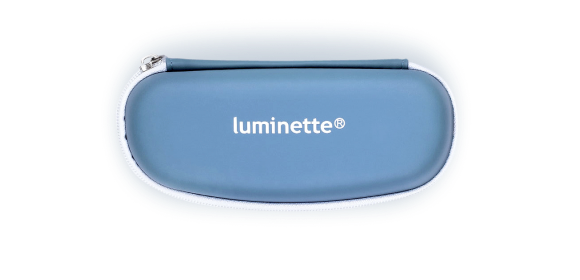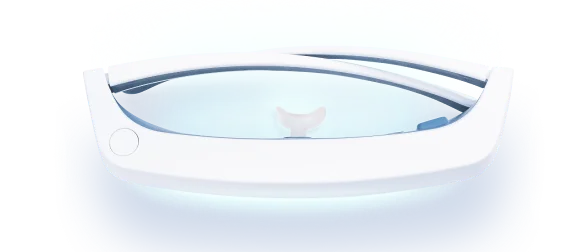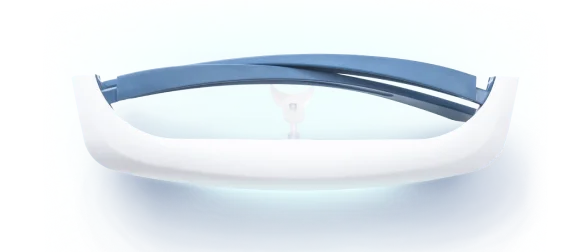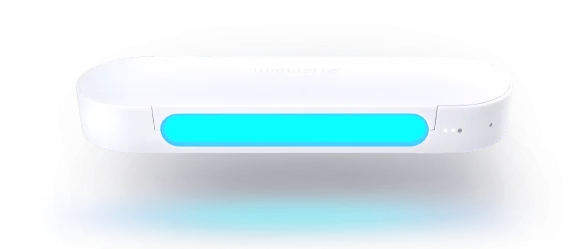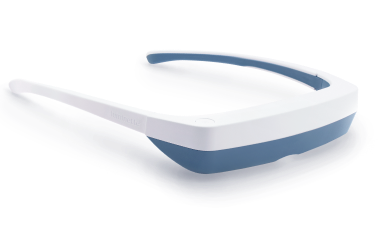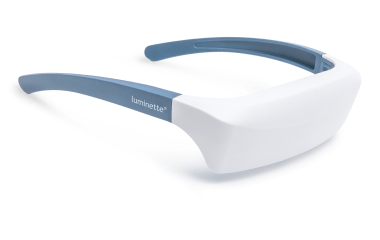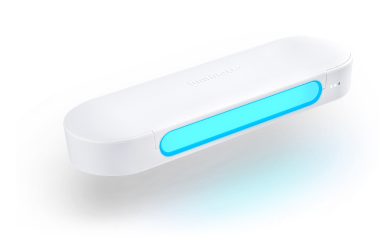Sometimes, you have no creative juice at all, no matter how hard you try.
You’d stare at a blank page for a long time, not knowing what to write or struggling to find the right solution to a problem in your business.
You can consume a bucket of caffeine or bang your head with your hand all you want, but your writer’s block or creative impasse won’t lose its grip on you.
Many people do not know that aside from inherent natural ability, creativity can be impacted by food, the environment, night and day cycles, and other interesting physiological and physical factors.
In this article, we examine the role of natural light in the creative process and how light therapy can help you harness your creativity more effectively.
Overview of circadian rhythm
When you hear "circadian rhythm," the first thing that comes to your mind is sleep. While that is true, circadian rhythm is a much bigger natural phenomenon beyond sleep.
Circadian rhythms describe the human body’s attempt to create structure and pattern for many activities, using the sun’s cyclic rising and setting as a reference. Any body activity operating on a 24-hour cyclic pattern is a circadian rhythm.
For example, like clockwork, the body reduces its temperature during the evening every day in preparation for sleep.

In a similar vein, the body produces more melatonin around 9:00 p.m. every night and ceases bowel movements by 10:30 p.m. every night.
These are examples of physiological measures the body repeats cyclically every 24 hours. Circadian rhythm covers and controls numerous body functions, including memory consolidation, wound healing, brain function and cognition, body temperature, general health, hunger regulation, sleep-wake cycle, and others.
How does the body know what time it is?
Specialized retinal ganglion cells do nothing in the eye but communicate with the central nervous system, whether it is daytime or night. These cells are different from those that process visual information.
The information from the specialized retinal ganglion cells passes through the retinohypothalamic tract and into the hypothalamus. The suprachiasmatic nucleus (SCN) in the hypothalamus, in turn, projects this information to the pineal gland.
This activates the melatonin production of the pineal glands. With increased melatonin in the bloodstream, the body takes this as a cue to begin preparation for sleep.
During the daytime, the SCN inhibits the pineal gland’s ability to produce melatonin.
As daylight wanes, the excitatory signal from the specialized retinal ganglion cells becomes weaker, reducing the SCN's inhibiting action on the pineal gland. The weaker the signal, the more melatonin the pineal gland can produce.
The link between circadian rhythm and creativity
Multiple research studies have established that our mental ability also exists on a biological clock like other 24-hour-based cyclic functions. You are less likely to be creative or mentally alert when waking in the morning, the same as when you’re feeling sleepy.
However, the reverse is the case during the day. Basically, our mental ability rises and falls according to our level of circadian arousal. Generally, circadian arousal peaks around noon or early afternoon and begins to wane.
That said, there may be apparent differences depending on your circadian chronotype. According to research, there are two types of circadian preferences, or chronotypes: “early birds” and “night owls.”
“Early birds” will likely experience their circadian arousal peaks earlier than “night owls.” Moreover, within each chronotype, individuals can also exhibit varying tendencies.
How can natural light help with the creative process
Your circadian rhythm and all its functions depend on natural light, and we’ve already established a strong connection between it and creativity.
Every day, your body needs sunlight exposure to reset its clock. Without this exposure, the human body will gradually lose its perception of time and go out of sync, leading to circadian rhythm sleep disorder and causing many body functions to have unpredictable timelines and operations, including creativity.
In one study, researchers tracked participants in an underground bunker without access to natural light for some days. The experiment’s findings revealed that the circadian cycle had extended to 26 hours instead of 24 hours.
Natural light cues your body to know that it’s daytime, signalling for the SCN to block the pineal gland from producing melatonin. Less melatonin in your bloodstream means you’re more active in showcasing your cognitive skills, including problem-solving and creativity.
For the same reason, NASA artificially induces a natural light environment in the International Space Station (ISS) so that scientists can operate at optimal cognitive levels. The ISS encounters 16 sunsets and sunrises daily.
The ISS is illuminated with bright blue LEDs during the artificial daytime and dim, red light wavelengths during the night. This maintains the scientists’ 24-hour circadian cycle and ensures they do not encounter the symptoms of jet lag or a free-running circadian cycle.
How does light help us boost creativity aside from regulating the circadian rhythm?
There are also other indirect ways natural light contributes to the creative process, including:
1. By improving sleep quality
Research has shown that experiencing natural light outside, at peak intensities during the day, can increase sleep duration and improve sleep quality.
The National Sleep Foundation defines sleep quality as “the measurement of how well you’re sleeping—in other words, whether your sleep is restful and restorative.” It’s a measure based on four variables, including:
- How long it takes you to fall asleep, otherwise known as sleep latency
- How often you wake up during the night
- Sleep efficiency is defined as the percentage of time spent in the bed that you actually slept
- How much time you’re awake for when your sleep is interrupted
A study of over 4,258 college students in China revealed a strong negative correlation between poor sleep quality and creativity.
2. By improving mood
Researchers have reported positive light and light color effects on mood. Natural light has been shown to improve mood. This effect happens via two mechanisms.
The first is aiding the release of serotonin, a mood-regulating neurotransmitter, and the second, by “entraining and stabilizing circadian rhythms, thereby addressing circadian desynchronization and sleep disorders” and showing clinical improvement in people suffering from feelings of deep sadness and winter blues.
The impact of natural light on mood is one reason bright light therapy and other light therapies, such as red and NIR light treatments, have become increasingly widespread over the last 10-12 years.
What is the best light color for creativity?
Throughout history, many colors have been universally associated with different feelings. Red connotes energy, while yellow is said to spark optimism, and blue represents coolness, peace, and tranquillity.
Across many cultures, colors also have perceived meanings. Most countries associate white with purity and holiness, but Japanese people link the color with death. Red signifies holiness in India but symbolizes celebration and luck in China.
Which color ignites creativity?
Beyond these mundane and culturally inclined meanings cited above, researchers have experimented with different colors to see their impact on teamwork, productivity, creativity, concentration, and different physiological and biological effects.
The findings from these studies are indeed interesting but largely inconclusive and unconvincing. So, what color sparks creativity? The best colors for creativity are green and blue.
It’s important to note that while research shows that some colors can help with creativity, many individuals may have a different relationship with color due to their background and previous experience.
That’s why existing studies on this subject report conflicting findings.
Green and creativity
In a 2012 study, researchers conducted four experiments. The first experiment compared the effect of the color green on creativity relative to white.
Participants were exposed to either green or white cover pages and asked to complete a creativity task afterwards. The researchers found “a significant color effect” on creativity.
In other words, participants shown the green cover page exhibited more creativity than the cohort shown the white cover page.
In the second experiment, the researchers compared the effect of green on creativity relative to grey instead of white.
The second experiment was more controlled because it happened in a real-world classroom rather than on the Internet. Again, the researchers observed “a significant color effect” on creativity.
In the third experiment, the researchers compared green, grey, and red. They found that “participants in the green condition exhibited more creativity than those in the red or grey groups.”
The fourth experiment replaced red with blue, and the result remained the same: green induced greater creativity in the participants than the other colors.
Blue and creativity
Researchers at the University of British Columbia (UBC) tracked 600 participants between 2007 and 2008.
Participants were to complete detail-orientation or creativity-based cognitive tasks on a red, blue, or white computer screen.
According to the researchers, participants who used the red screen performed better on detail-oriented tasks than others and by as much as 31% better than the blue group.
However, those who completed their task on blue screens produced “twice as many creative outputs as when under the red color condition.”
Light therapy devices that boost creativity
Light treatment or therapy works by mimicking sunlight exposure. The science behind it is that the light emitted by the device induces the same physiological response in your body as the sun.
These devices have been proven to improve mood and sleep quality and regulate the circadian rhythm, all outcomes that boost creativity.
For light therapy to work, the device must emit light in the correct wavelength and light spectrum. Additionally, it must not have infrared light or rays and must be free from ultraviolet (UV) rays.
The Luminette 3 light therapy glasses and the Drive light therapy lamp are two light therapy devices that meet the above requirements.
Luminette 3
The Luminette 3 light therapy glass is a product of over four years of research at the University of Liege, with input from experts in sleep medicine and optical physics.
The Luminette 3 is also perfect for blue light therapy at home because it produces white light enhanced with blue light.
As we established earlier, blue is a great color option for improving creative output. At a wavelength not exceeding 468 nm, the Luminette 3 effectively stimulates the same response as sun exposure.
One of the many advantages of Luminette 3 over other light boxes is its mobility. While wearing the Luminette 3, you can engage in light exercise, read, move around, brush your teeth, work on any gadget, and more.

Drive
The Drive light lamp is similar to Luminette 3 in technical specifications, such as wavelength and incorporating blue light.
However, it’s designed to provide adequate light exposure while driving. You can attach the Drive device to your sun visor via a magnetic holding system.
This device is best for those who commute daily in their vehicle. You don’t have to shift things around during your day to fit a colour light therapy session into your routine.

How to use the Luminette 3 and Drive
Both the Luminette 3 and Drive devices are classified as safe per the international standard IEC 62471, making them safe for daily usage.
You’ll get the best results using either device daily for at least 20 minutes. The devices are programmed to automatically shut down after each 20-minute session.
Most people begin to experience the beneficial effects of these light therapy devices after 4-6 days of consistent use. Regular and consistent use of Luminette 3 light therapy devices has been proven to:
- Improve the quality of sleep
- Provide the same effect as a power nap
- Improve vigilant attention
- Increase energy levels
Takeaway: Harness the power of light therapy to boost creativity
Understanding the relationship between your body's natural rhythms and creativity is essential. Just as your body relies on the sun's cues to regulate its internal clock, your creative abilities can also benefit from exposure to natural light.
Incorporating light therapy, particularly with devices like Luminette 3 and Drive, can help align your circadian rhythm, enhance mood, and improve sleep quality—all crucial elements for unleashing your creative potential.
Remember, while colors like green and blue have been shown to stimulate creativity, individual preferences may vary based on personal experiences and cultural backgrounds.
Check out our Luminette light glass and the light lamp Drive light therapy devices today!
FAQ
How does light therapy boost creativity?
Light therapy, especially exposure to brighter light, can help to increase alertness and cognitive performance. It also has the added advantage of improving sleep quality and mood, increasing energy levels, and regulating the body's clock. This can lead to a clearer mind and more creative ideas.
Which colors of light are most effective for boosting creativity?
Multiple research studies have shown that green and blue stimulate creativity. They can also create a comfortable and inviting atmosphere that encourages brainstorming and innovative thinking. That said, knowing that your relationship with colors may differ due to past experiences and cultural leanings is essential.
Can the intensity of light affect creative thinking?
Yes, light psychology shows us that the intensity of light can affect creativity. Dim lighting or cool colors like blue and green can create a relaxed environment that encourages divergent thinking, a vital aspect of creativity.
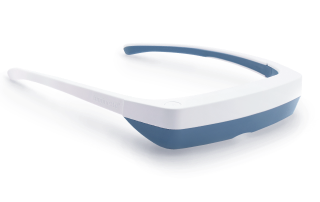
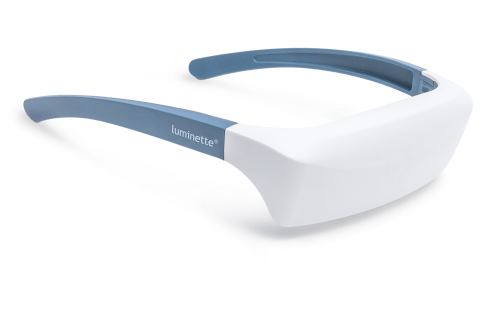
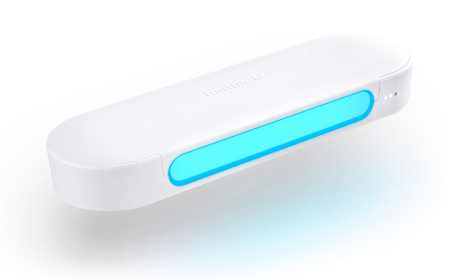
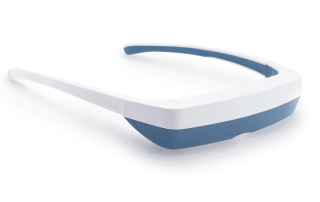
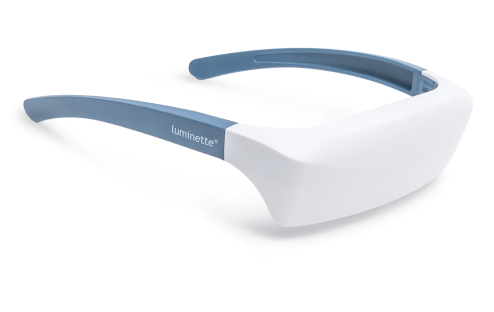
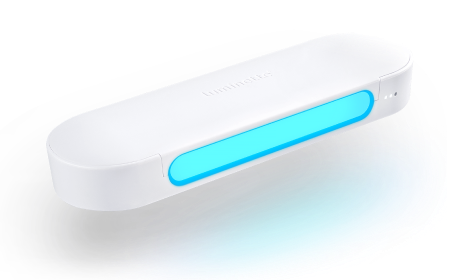
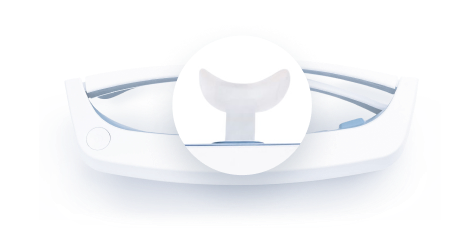
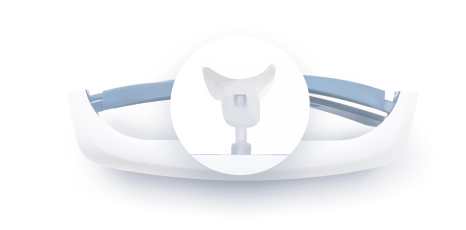
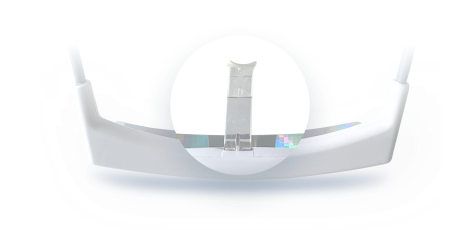
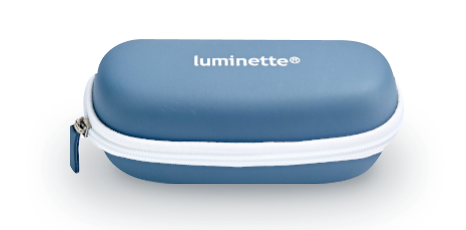
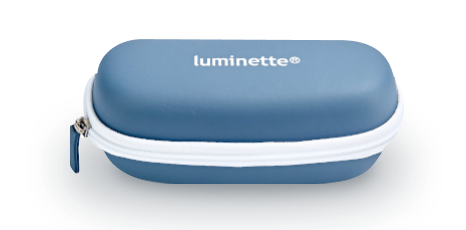





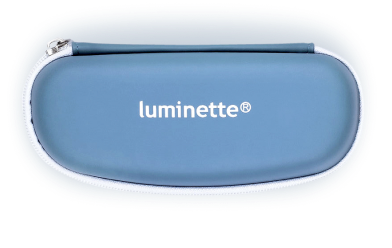
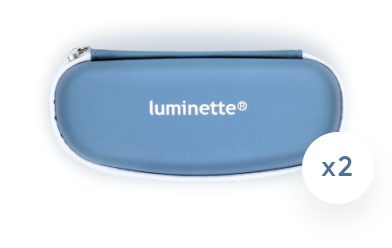
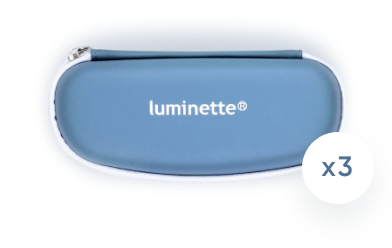
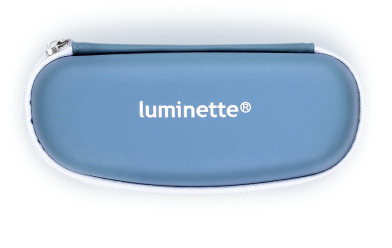
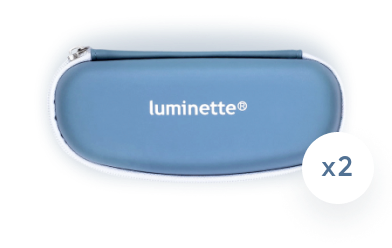
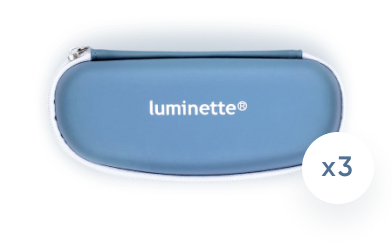
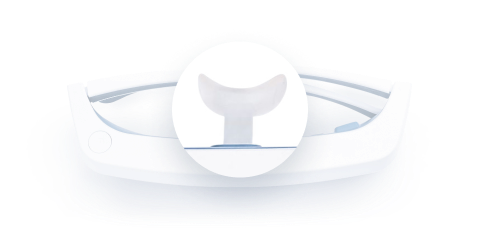
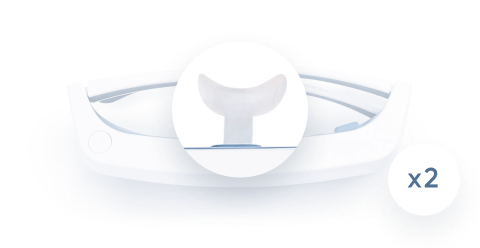
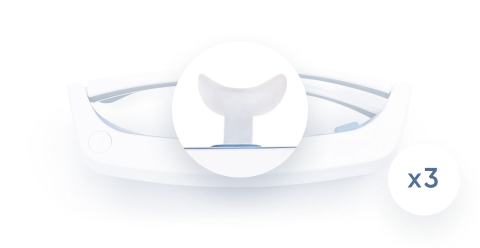
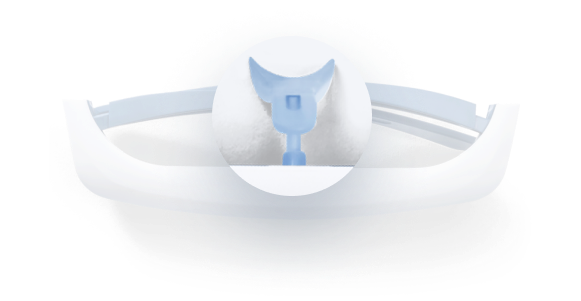
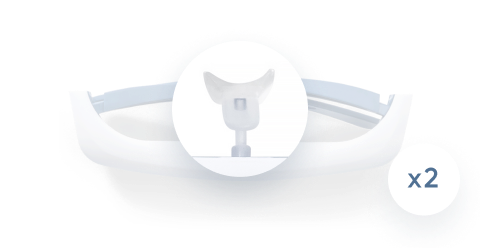
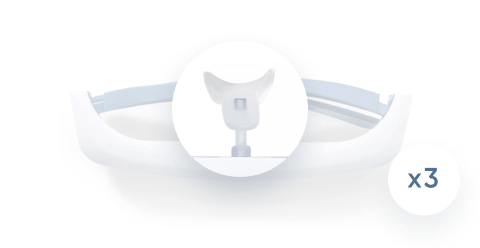
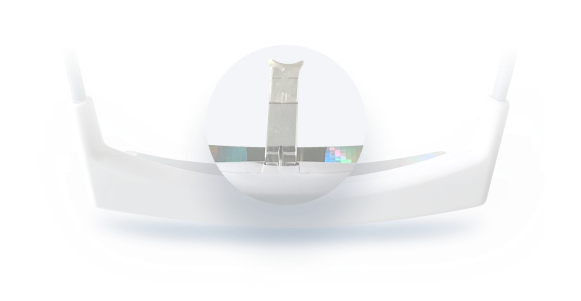
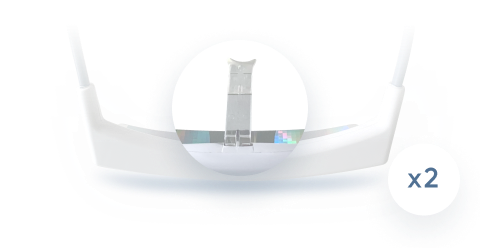
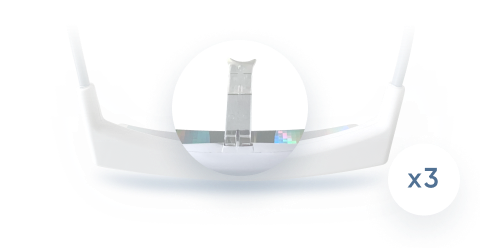
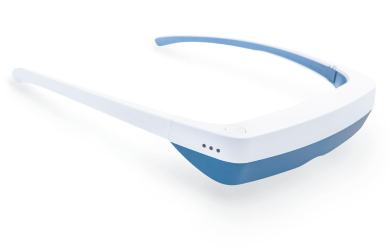

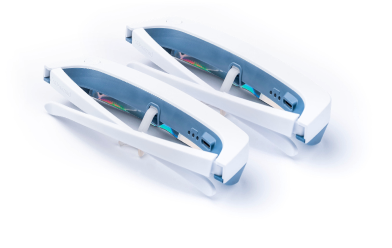
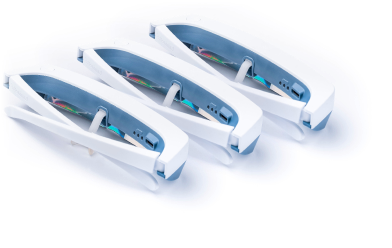
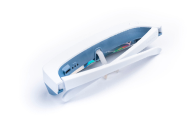
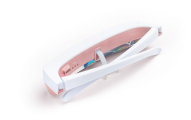
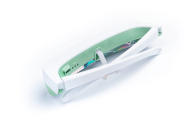
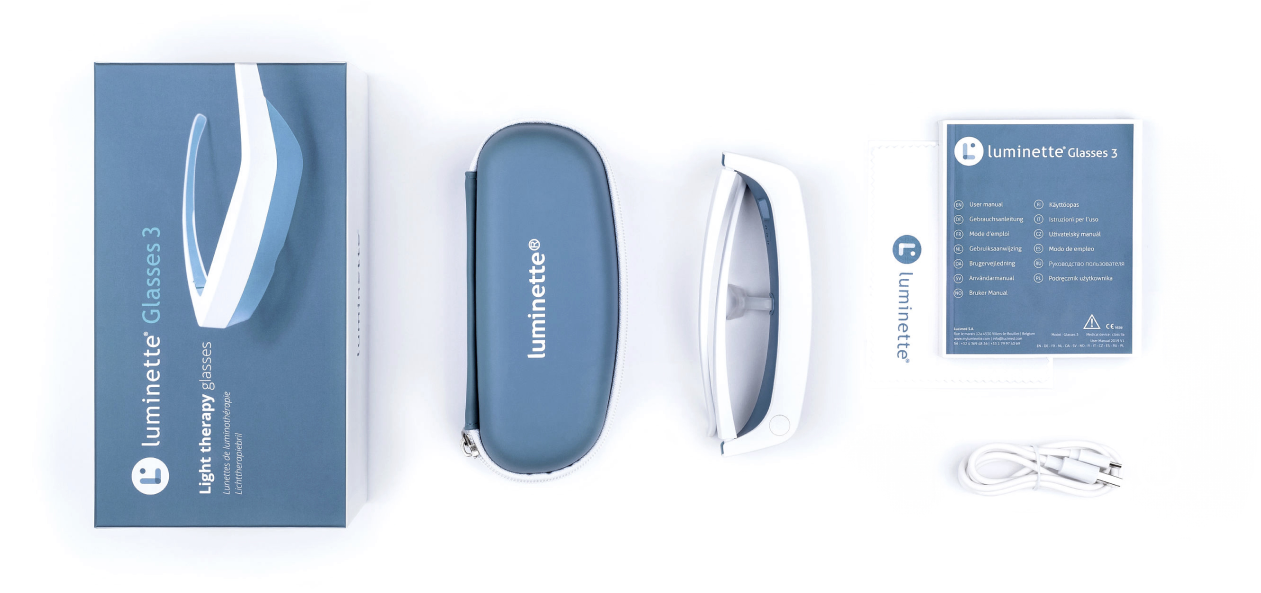
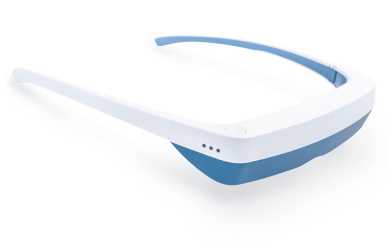
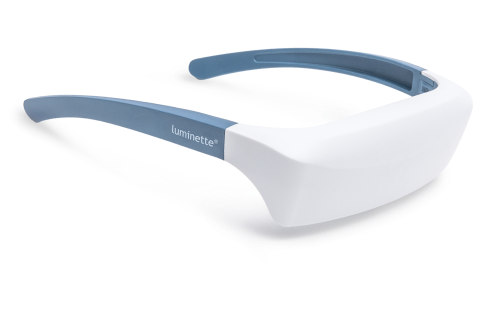
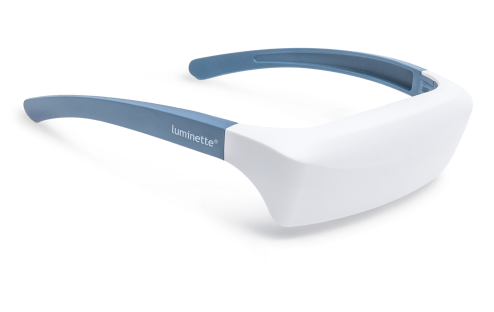
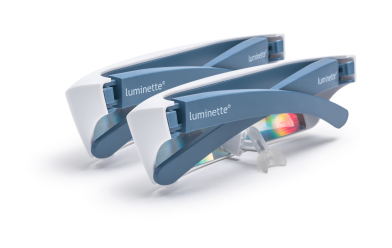
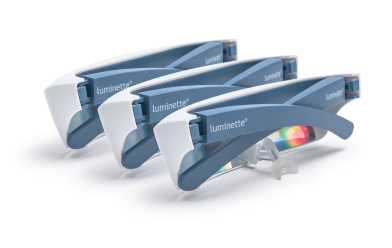
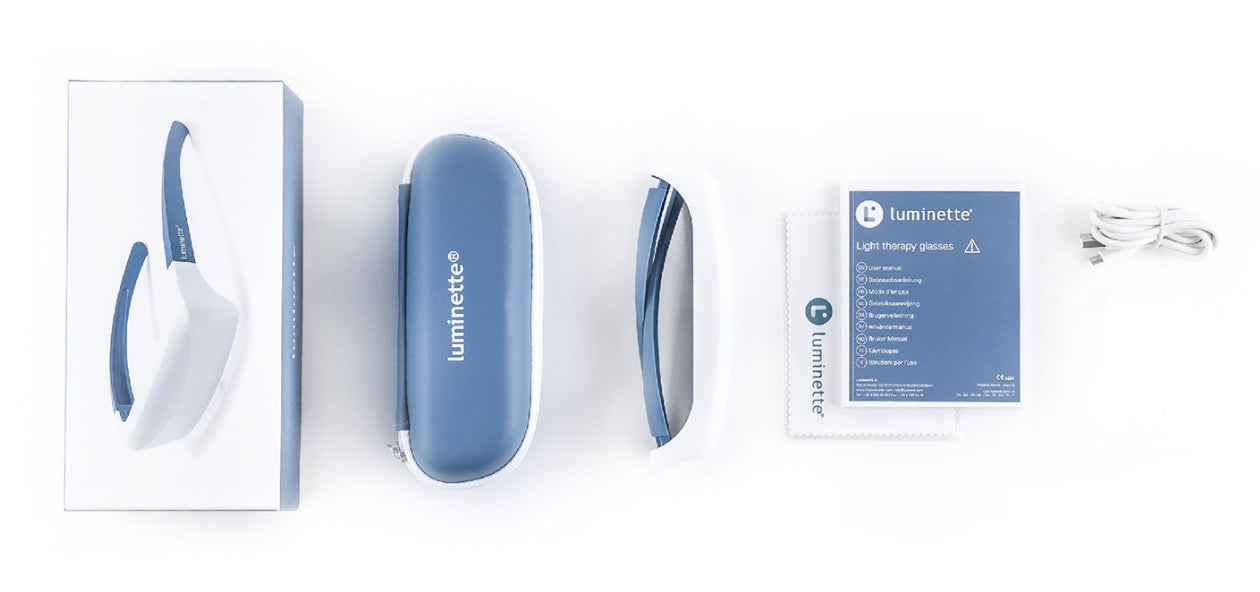
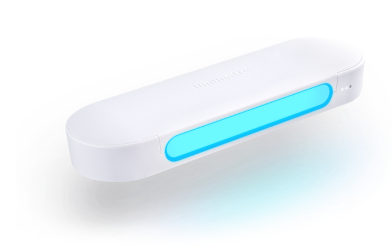
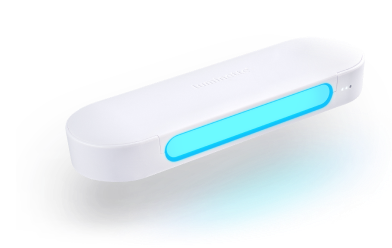
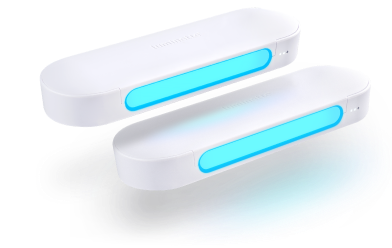
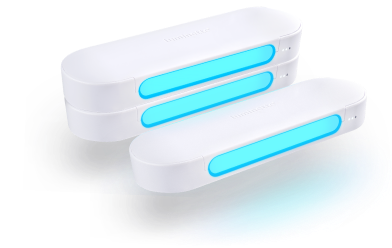
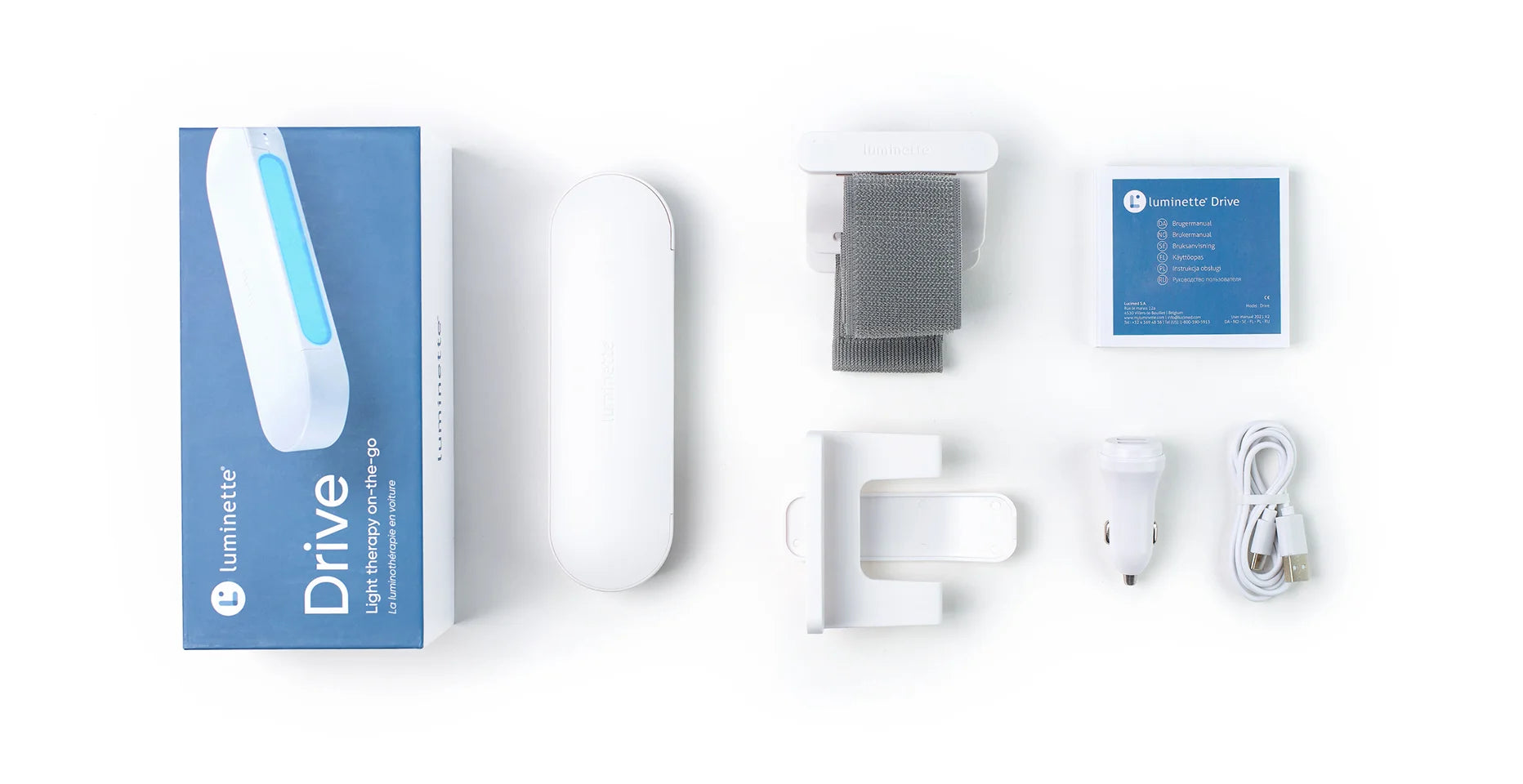

 Please note
Please note



